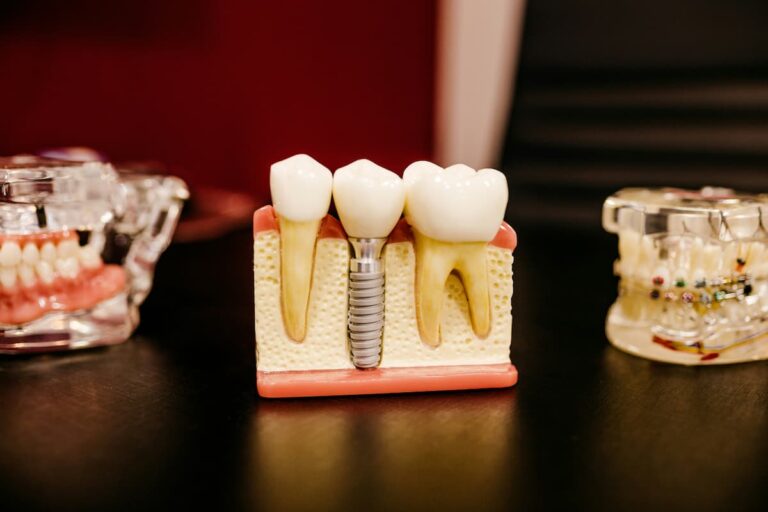Root Canals
Inquire About Root Canals
One of the most well known procedures in dental care, for better or for worse, is the root canal.
What Is A Root Canal?
Endodontics, or root canal therapy, is employed when the nerve supply to a tooth has been irreversibly affected by damage or decay. It is a way to prevent or help resolve a dental infection and save a natural tooth from extraction.
A root canal is performed when there is enough sound root and crown structure remaining to eventually restore form and function to the involved tooth.
Inside every tooth is either a single central chamber or multiple ones that contain connective tissue, a nerve supply, and blood vessels.
These core tissues, known as the dental pulp, help your tooth to grow and mature before it emerges into the mouth. A root canal procedure is required when this dental pulp is irreversibly damaged or has died.
Root canal therapy involves cleaning and shaping each canal, and then filling them with a special inert material.
Following this they are sealed to prevent any subsequent infection.
Once root canal therapy has been completed, the tooth should be fully restored as recommended.
Why Would You Need A Root Canal?
The pulp, or soft inner tissue is important during the tooth’s development. Once a tooth is fully mature, the tooth can survive without the pulp because the tooth is nourished by tissues surrounding it. The pulp is normally surrounded and protected by a layer of dentin.
Above the gum line, the dentin is protected by a layer of enamel; below the gum-line the dentin is covered by cementum. When a crack or cavity destroys these protective layers, the pulp is exposed to irritants and bacteria in your mouth.
This can result in inflammation then infection, and, eventually, an abscess.
Periodontal (gum) disease or a severe blow to the tooth can also damage the pulp. Endodontic therapy removes the damaged pulp and usually the tooth returns to a healthy condition.
If an abscess was present before treatment the healing process may take up to 2 years.